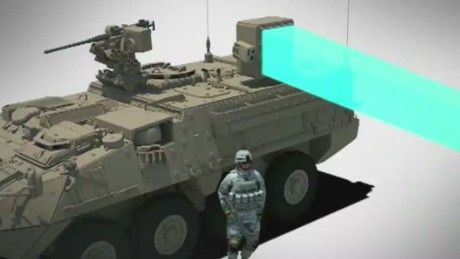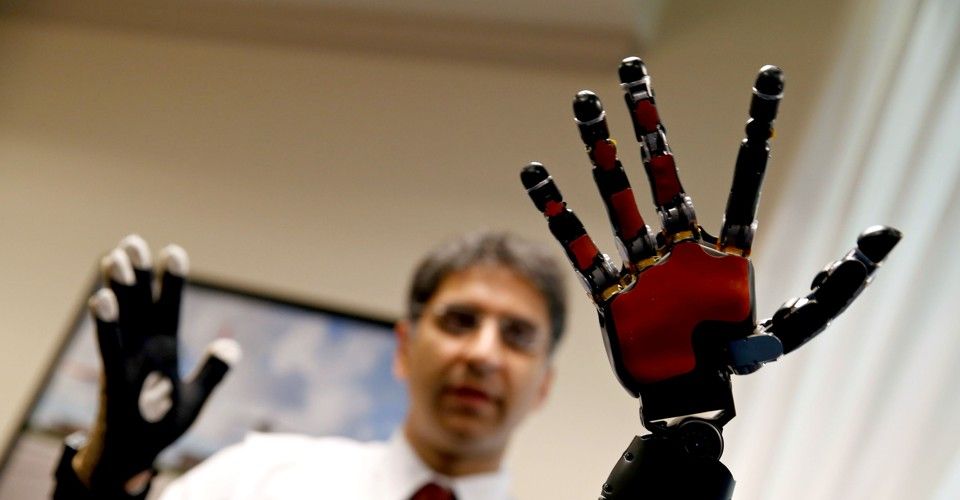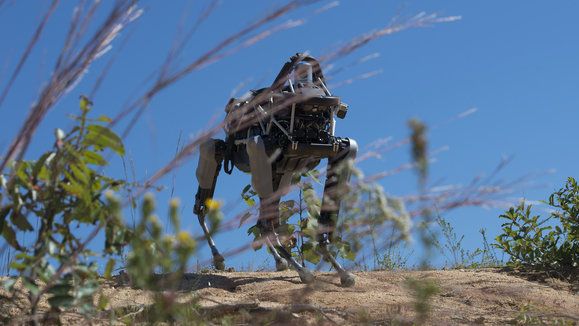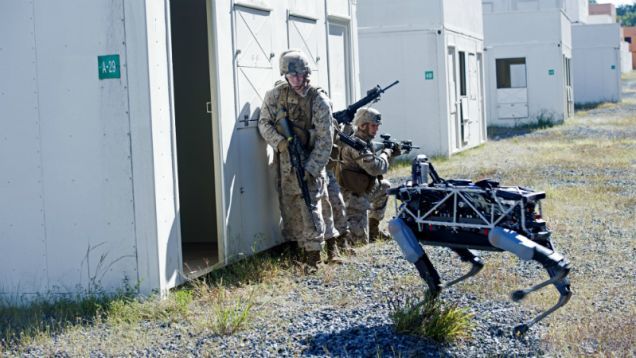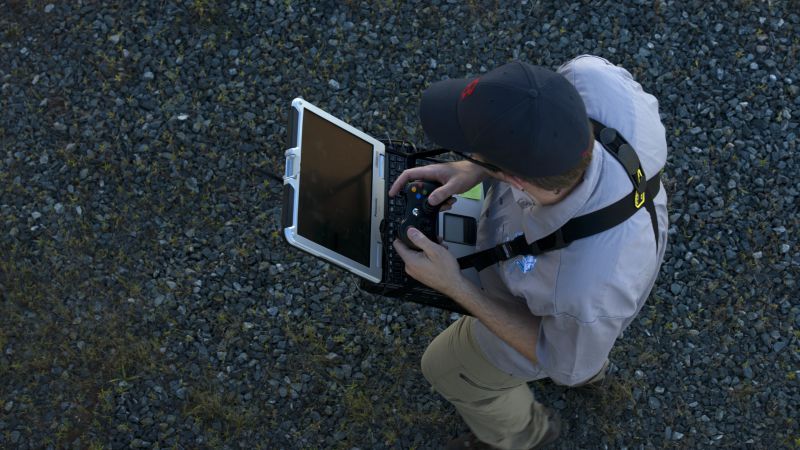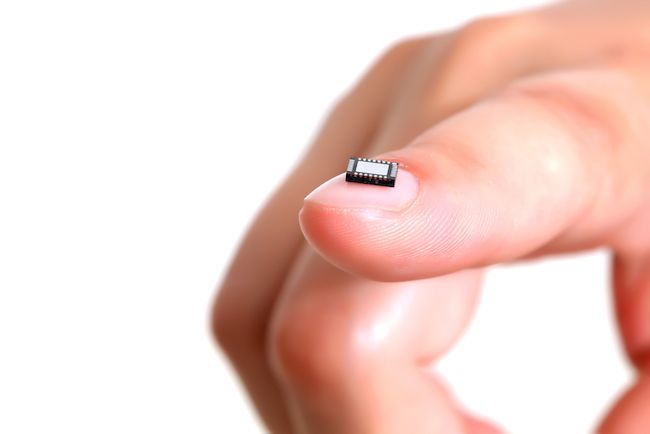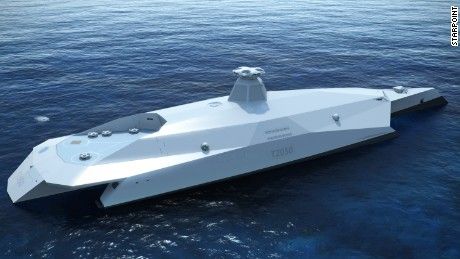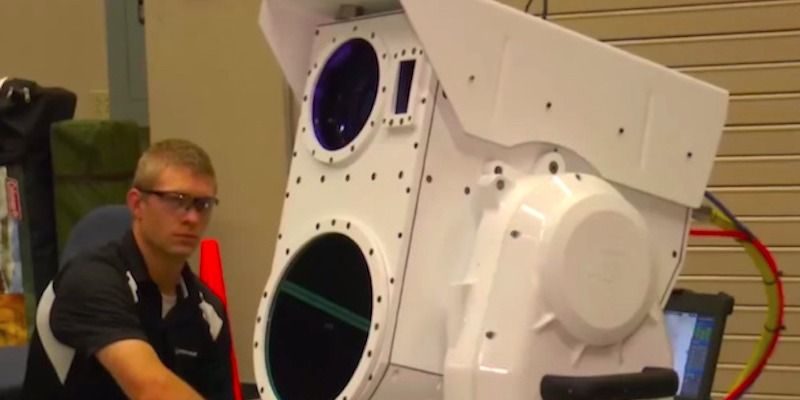Sep 28, 2015
This Company Is Building Drones With Lasers On Top
Posted by Gerard Bain in categories: drones, military
https://youtube.com/watch?v=D0DbgNju2wE
Say hello to the drones of the future. They’re gorgeous, sophisticated, and they’ve got high-energy lasers.
The body of the drone will look familiar to those who are familiar with current drones as those lasers will be riding shotgun–quite literally–on General Atomics Aeronautical Systems’s Avenger. The company, also responsible for the Reaper, is embarking on a privately-funded study to figure out how to incorporate 150-kilowatt solid-state laser onto the drone, according to an interview with Defenseone. Depending on the success of the study, the company is hoping to have the laser drones up and running by 2017.
Continue reading “This Company Is Building Drones With Lasers On Top” »

